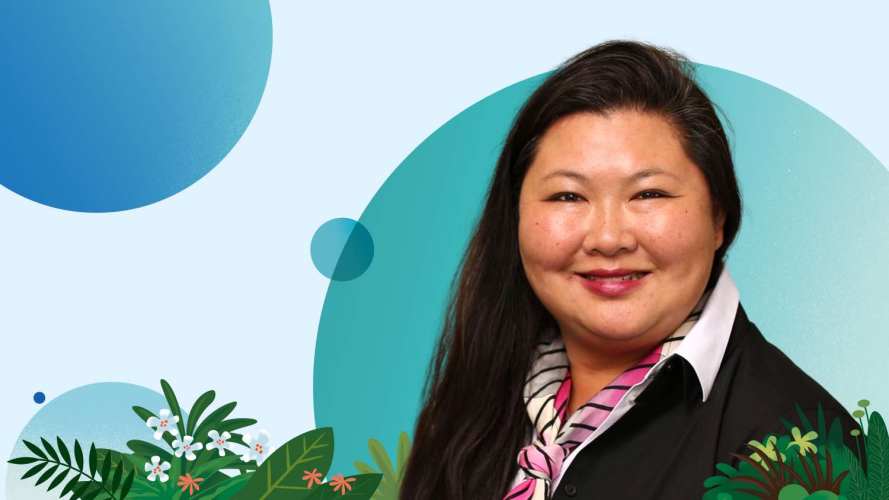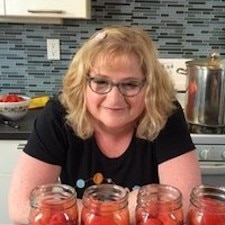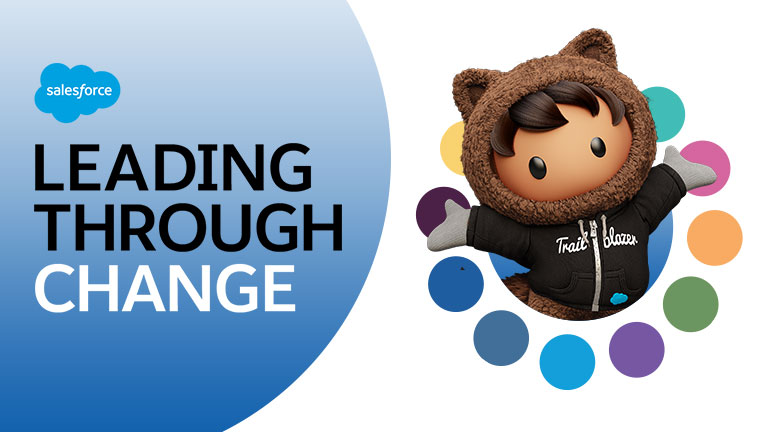How the Estée Lauder Companies Started Selling Its 29 Brands From Home and Across the Globe



Sales of eyeshadow and mascara - anything above the mask line - got a makeover in the wake of COVID-19.

Karen Solomon
Sales of eyeshadow and mascara sales – anything above the mask line – got a makeover in the wake of COVID-19. With retail stores and malls closed, The Estée Lauder Companies’ beauty advisors and makeup artists had to quickly pivot to selling makeup from home. How did the company make the overnight switch? Live chat, WhatsApp, scheduled Zoom beauty consultations, and apps that color-matched lipstick and foundation quickly filled in for in-store makeovers and service.
Justice, equality, and pride in the beauty business
See how e.l.f. cosmetics leaned into more than just ecommerce and technology to engage its customers.



Salesforce’s Neeracha Taychakhoonavudh asks Andrea Chin, executive director of information technology, global consumer care for The Estée Lauder Companies, about how they brought the cosmetics industry from the department store to the dining room. In addition, we hear a few words from Simon Shaw, customer services practice director for IBM Services, about the vision that helped ease The Estée Lauder Companies’ contact center transition through people, process, and technology. “Focus on an experience-led strategic approach,” he said. “Start to build a roadmap of technology.”
If you’ve watched Andrea Chin in this episode of Leading Through Change, or even if you haven’t, here are some fun facts on her, The Estée Lauder Companies, and how they use Salesforce for success.
Facts about Andrea Chin
- She has learned to put her own health first. Chin was once hospitalized for blindness induced by stress and lack of sleep.
- Andrea Chin worked for Citi for nearly 12 years before joining The Estée Lauder Companies. Her mother and two uncles also worked for Citibank.
- Pre-pandemic, she was an extensive traveller, flying internationally more than 10 times in 12 months.
Facts about The Estée Lauder Companies
- The company has a portfolio of 29 fragrance, hair care, skin care, and cosmetics brands, including Aveda, Bumble and bumble, Jo Malone, Le Labo, MAC, and Smashbox. Their products are sold in more than 150 countries and territories.
- Estée Lauder employs more than 48,000 people worldwide, and reports $14.29 billion in total net sales.
- In 1968, the Clinique 3-Step Skin Care System, was one of the first to use a computer to match products with skin type.
Salesforce tools in The Estée Lauder Companies’ spotlight
- Products used: Service Cloud, Marketing Cloud
- Before moving to Service Cloud, The Estée Lauder Companies was using 15 systems for consumer-facing support, and they did not speak to each other. The move has improved customer service and broadened their knowledge base across teams. For example, Service Cloud helps associates see cross-brand transactions because all client data is in one place. When customers call, agents can now place orders and upsell within Salesforce based on past product purchases.
- Service Cloud has also provided The Estée Lauder Companies a global reach it did not have before. Once Service Cloud was up and running, the cosmetics company integrated WhatsApp messaging channels to its services.
- OneSource, the human resources (HR) service delivery solution, is built on Service Cloud and Salesforce Platform. Employees use this portal to support HR, legal, and finance functions.
- The company’s global communications team uses Marketing Cloud for internal employee email communications.
This post is the latest installment of Leading Through Change, our video conversation series with industry and thought leaders who use Salesforce products to transform the way they work.
This episode was powered by IBM – a Salesforce strategic partner – who combines experiences across every Salesforce product and confidently redesigns business from the inside out. COVID-19 has accelerated the pace of digital transformation globally. To find out how the best companies use Salesforce to adapt, pivot, and design more resilient businesses, read The State of Salesforce 2020-21: Special Edition.
























